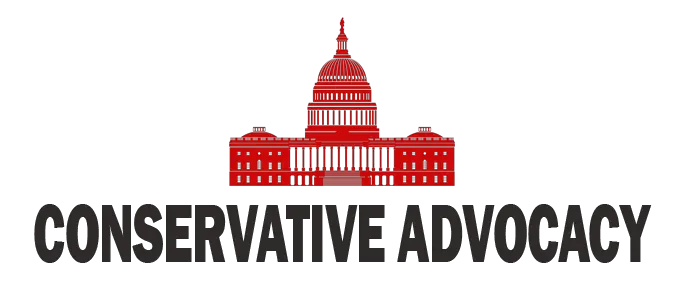The Pacific Palisades community is grappling with the aftermath of the devastating January 2025 wildfire that destroyed over 6,800 structures and displaced thousands of families. As residents sift through the ashes of what was once a picturesque coastal enclave, a spirit of resilience and determination is emerging. Despite the immense challenges, the community is rallying to rebuild stronger than before, even as frustrations mount over bureaucratic delays and the slow pace of recovery efforts.
The fire, fueled by severe drought conditions and powerful Santa Ana winds, left a trail of destruction across Los Angeles County. With damages exceeding $250 billion, the Pacific Palisades was one of the hardest-hit areas. Yet, amidst the devastation, signs of hope are beginning to surface. Local organizations, neighbors, and even celebrities have stepped up to provide aid, from grassroots fundraising efforts to high-profile benefit concerts. The community’s resolve to rebuild has been bolstered by these acts of solidarity, but significant hurdles remain.
One of the most pressing issues is the sluggish permitting process for rebuilding homes. As of late March, only four permits had been approved for reconstruction in Pacific Palisades—a strikingly low number given the scale of destruction. Residents and local officials have voiced frustration over the bureaucratic red tape that has slowed recovery efforts. Mayor Karen Bass has issued executive orders to expedite permitting and promote fire-resistant construction materials, but many homeowners feel these measures are not enough to address the urgency of their situation.
Despite these challenges, Pacific Palisades residents are determined to turn tragedy into an opportunity for renewal. Plans for rebuilding emphasize resilience and sustainability, with a focus on fire-resistant materials and modernized infrastructure. Local leaders are working to ensure that new homes meet stricter safety standards while maintaining the area’s unique charm. Community events and cultural traditions are also playing a vital role in restoring a sense of normalcy and unity among residents.
The road to recovery will be long and arduous, but the Pacific Palisades community has shown that it will not be defined by disaster. Their efforts to rebuild reflect not only a commitment to their neighbors but also a broader determination to adapt and thrive in the face of adversity. As they move forward, their story serves as a testament to the strength and resilience of communities united by shared purpose and hope for a brighter future.




